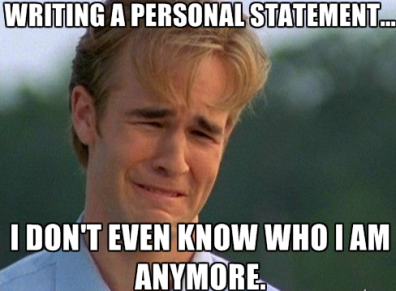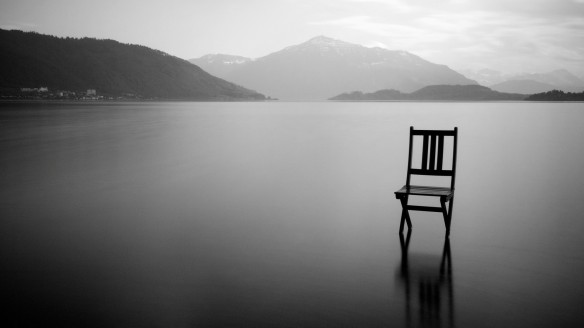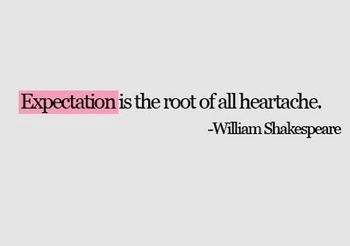I do not know how to start this blog post, but here are my thoughts at the peak hour of 2 A.M. Classes have come to an end once more, and we are one step closer to holding the future in our hands. For every person, the future is different, even by a fragment, a second, or an accomplishment. What we must acknowledge is that these differences will continue to shape us into the best people we can be, if not better. Either way, I have learned a lot about everyone in our personal essay class this semester, whether based on a short essay, a personal statement, or a digital story. Most importantly, I have learned about myself, and my goal in taking this class was to be able to something meaningful for me. And I did.
I am proud to say that I am as fearless as I have hoped to be in the past, and I am becoming even more fearless through writing about myself. This class gave me the chance to truly reflect on everything and anything that I had bottled up inside me for years and years, but many of my thoughts, feelings, and emotions are out in the world right now, floating somewhere patiently in the atmosphere and waiting for me to return someday. I may or may not return, but I am making sure to focus on my present and cherish the very moments, the people, and the places that help me maneuver from day to day.
My perspective about myself changed when I wrote my “This I Believe” essay about “the small things.” I felt strongly connected to my writing because I knew those five-hundred words I chose were the right ones. Next came the first long essay, and again, I felt that I did myself justice through my writing. Based on this turning point, I rode along the high wave and made sure to keep up this momentum for the rest of the semester; however, I encountered a tide that knocked me off the surfboard—the personal statement. For weeks and weeks, I was trying to mend the pieces of myself into a quilt of my academic background, research experience, and career goals, and I was just unable to feel inspired or ready to write. I felt as though parts of me that I could not include in my personal statement caused me to become dislodged, and I was afraid that I would relapse into the hermit-hole I had just escaped.
Fortunately, I was able to ascend above the personal statement that became my menace, my alter-ego, my anxiety, my obstacle, and my friend. After expanding my short essay on the philosophy of education to its longer counterpart, I realized how similar this essay was to my personal statement. I drew inspiration from the essay, and I finally ended up with something that I feel content with at this point in my stages of crafting the statement to perfection.
Besides the personal statement giving me such a hassle, I wanted to add a few words about my digital story project. I initially had issues with choosing the focus of my story, but one Sunday afternoon, I jumped on my computer, opened a new Word document, and started typing about National Residence Hall Honorary (NRHH). Within thirty minutes, I had an entirely new script and an extensive vision of how I wanted to make my short movie. Pictures and videos galore, my odd humor and play on words, and unexpected kinks and quirks along the way made “For the Love of Diamonds” possible. In addition to showing my movie to our class, I showed it during NRHH’s last general body meeting of the year, and I must say that my perfect audience responded with such positivity beyond words. Now, we are going to use my digital story on our NRHH website to promote our organization and recruit future Diamonds, and I plan to use my newfound movie-making skills for future NRHH-related movie projects. An impending idea I have right now is to make an NRHH rush video since we are trying to appeal to first-semester freshman to join our family for the Spring 2017 semester.
Why did I title my last blog post “Even More Fearless, Yet Ironically Speechless?” After all the times I fell down and picked up this semester, taking more risks with my writing has shown me that I can do anything to which I set my mind. The mentality plays an integral role in how we approach certain situations, and I believe that I have gained more hopeful insights about myself regarding the present and, of course, the future. I am no longer afraid to reveal myself to the world, and I want others to know who I truly am, but I am still as speechless as I was in the beginning of the semester; however, this time, my speechlessness stems from a different source—I cannot thank every person who has helped me along the way for the past fifteen weeks.
I do not have all the words right now to express how touched I am by everyone’s ability to be vulnerable about themselves but also how everyone has reached me during my evolution. Know that I will remember these good times in our personal essay class, and good luck to everyone for future endeavors. Here is to years and years of discovering yourself, even past our time in this class.
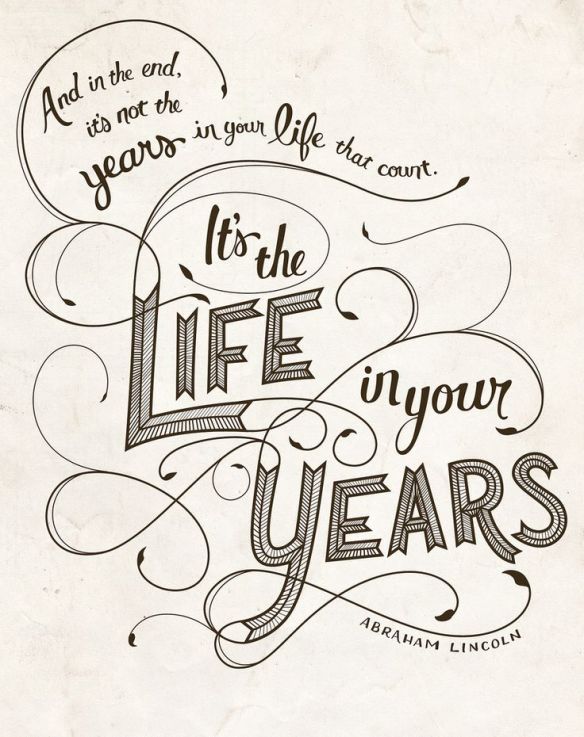




 Right now, I am as determined as ever to change my approach to my personal statement, and some of my tension has been alleviated after writing out a tentative plan. On the other hand, my last order of concern is my digital story project. I have encountered a conflict—I am not sure that my idea of filming is practical for the time I have. I may first experiment with some of the tidbits of film that I caught
Right now, I am as determined as ever to change my approach to my personal statement, and some of my tension has been alleviated after writing out a tentative plan. On the other hand, my last order of concern is my digital story project. I have encountered a conflict—I am not sure that my idea of filming is practical for the time I have. I may first experiment with some of the tidbits of film that I caught 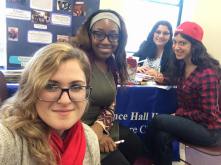 on camera and see how everything flows; otherwise, I may scrap the script and just write another one, something different, perhaps about my experiences with National Residence Hall Honorary or with color guard as part of Marching Band. I can write about anything, but I still want to give my current script another go. I will make my final decision within the next few days, but right now, I want to bring my practicality into play while being creative with all the writing I have done this semester. I just need to take one step at a time, and writing this post with everything that has been on my mind is that first step.
on camera and see how everything flows; otherwise, I may scrap the script and just write another one, something different, perhaps about my experiences with National Residence Hall Honorary or with color guard as part of Marching Band. I can write about anything, but I still want to give my current script another go. I will make my final decision within the next few days, but right now, I want to bring my practicality into play while being creative with all the writing I have done this semester. I just need to take one step at a time, and writing this post with everything that has been on my mind is that first step. 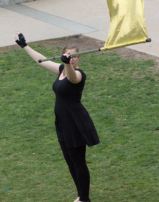 Step two: let’s do this.
Step two: let’s do this.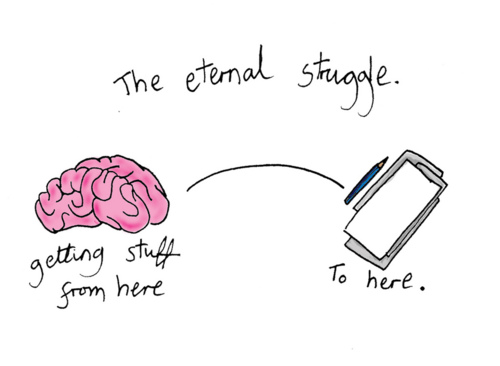


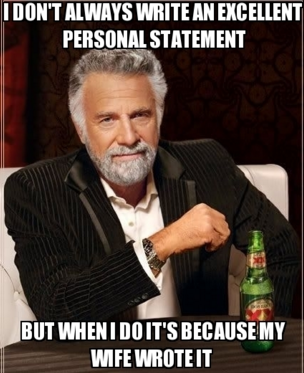 ent is that I want this particular essay to be longer so that if I needed to leave out some of my expansions or cut down on my discussions about certain parts of my essay, I can play around with the order of my ideas. I also learned that this personal statement should be dynamic, as I will be applying to more than one doctoral program and their prompts will most likely vary, even slightly. Every program to which I will apply most likely wants applicants to be whole-hearted about their commitments to the program rather than just a simple copy-and-paste option to get the job done quickly. The most important aspect of writing a personal statement is saying what you mean, and meaning what you say. Be honest with yourself and be honest with others.
ent is that I want this particular essay to be longer so that if I needed to leave out some of my expansions or cut down on my discussions about certain parts of my essay, I can play around with the order of my ideas. I also learned that this personal statement should be dynamic, as I will be applying to more than one doctoral program and their prompts will most likely vary, even slightly. Every program to which I will apply most likely wants applicants to be whole-hearted about their commitments to the program rather than just a simple copy-and-paste option to get the job done quickly. The most important aspect of writing a personal statement is saying what you mean, and meaning what you say. Be honest with yourself and be honest with others.